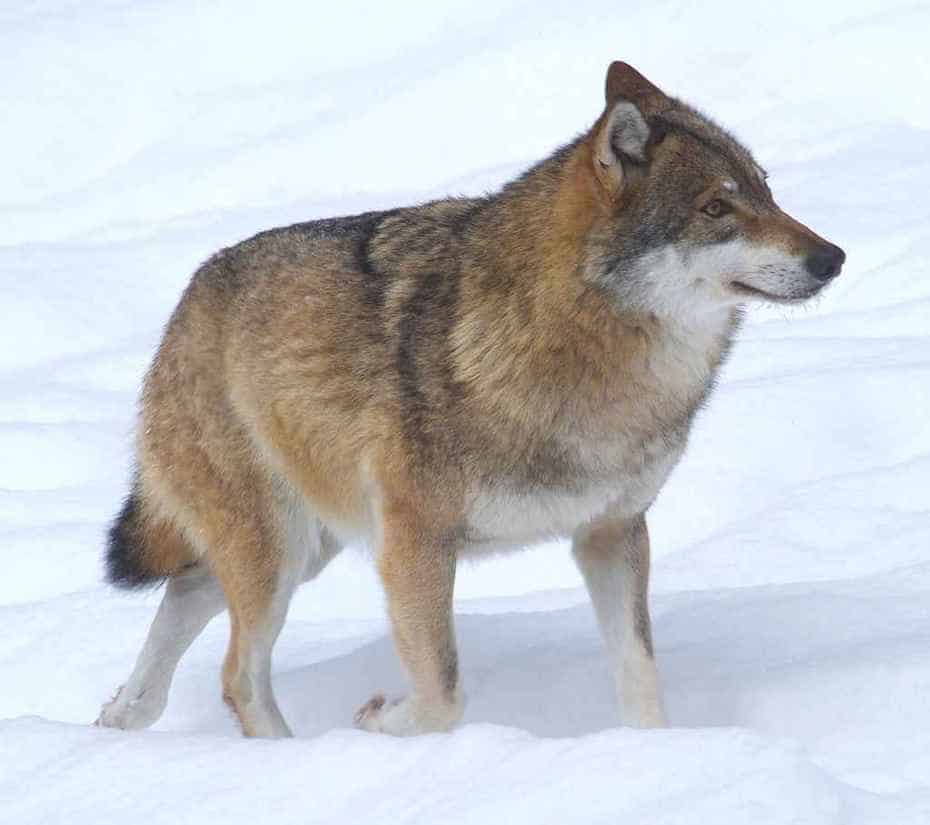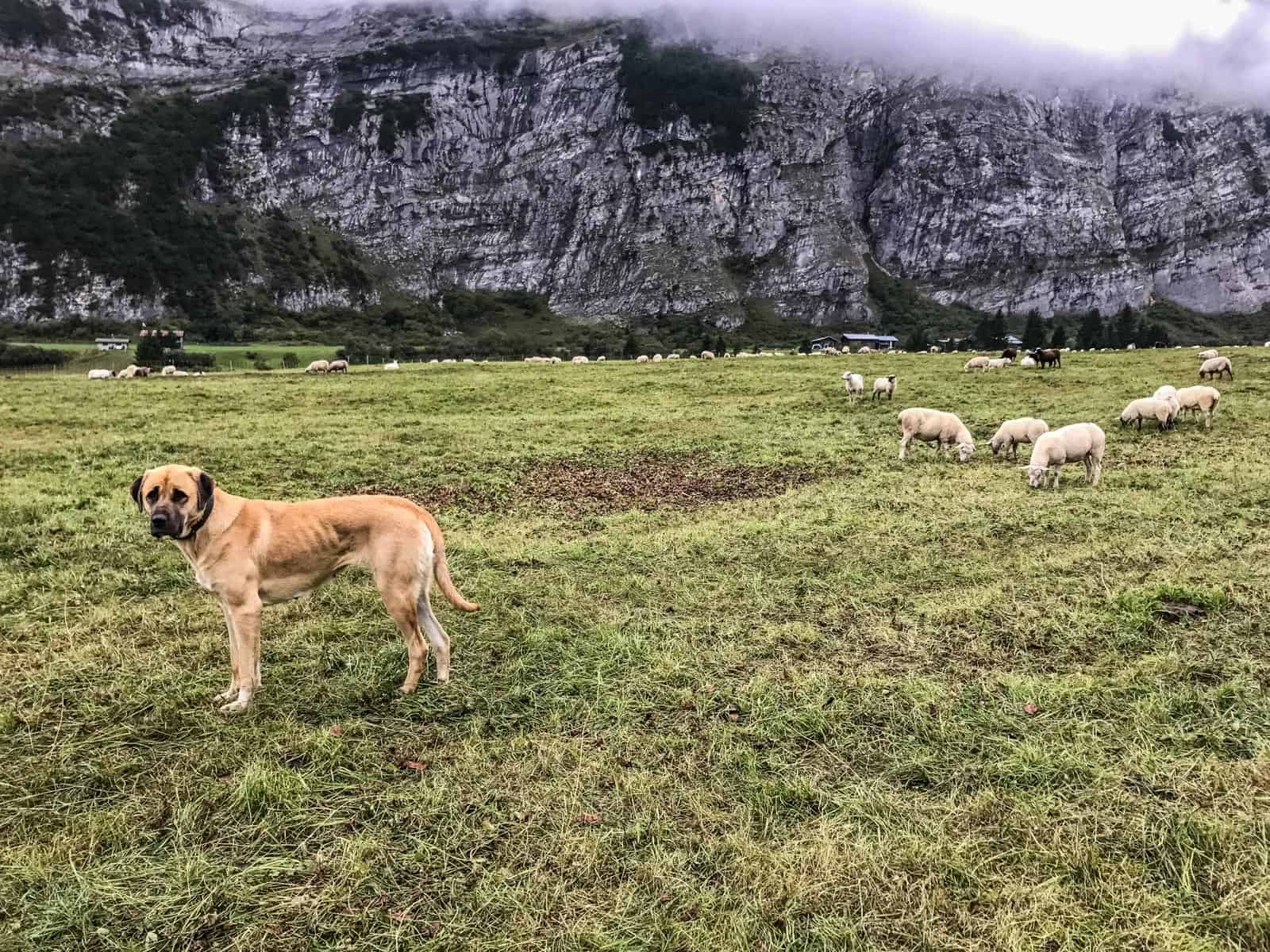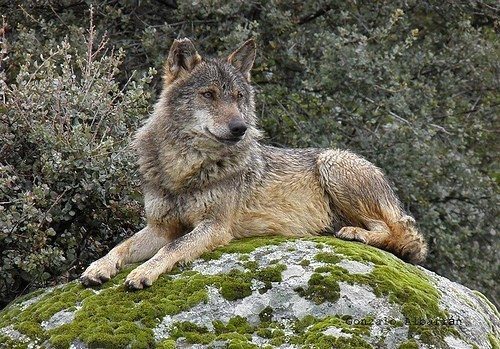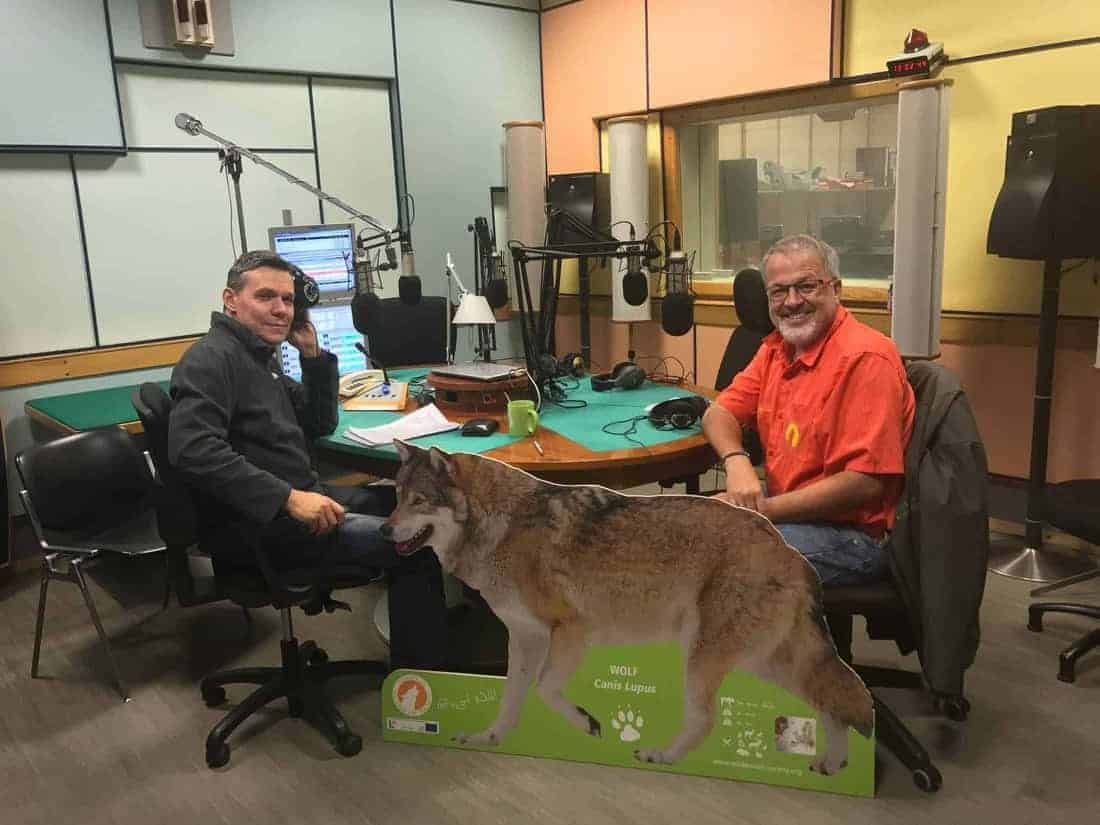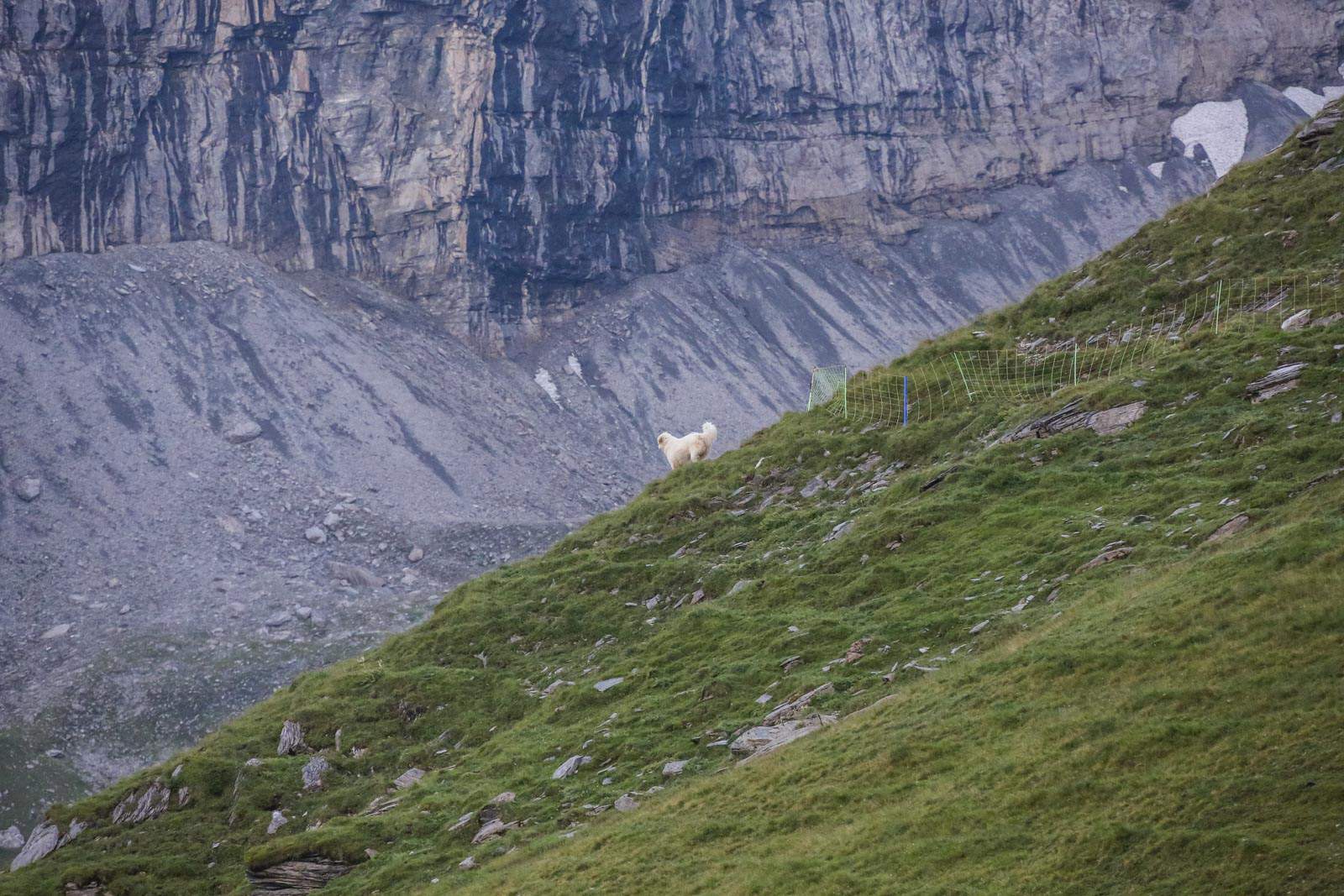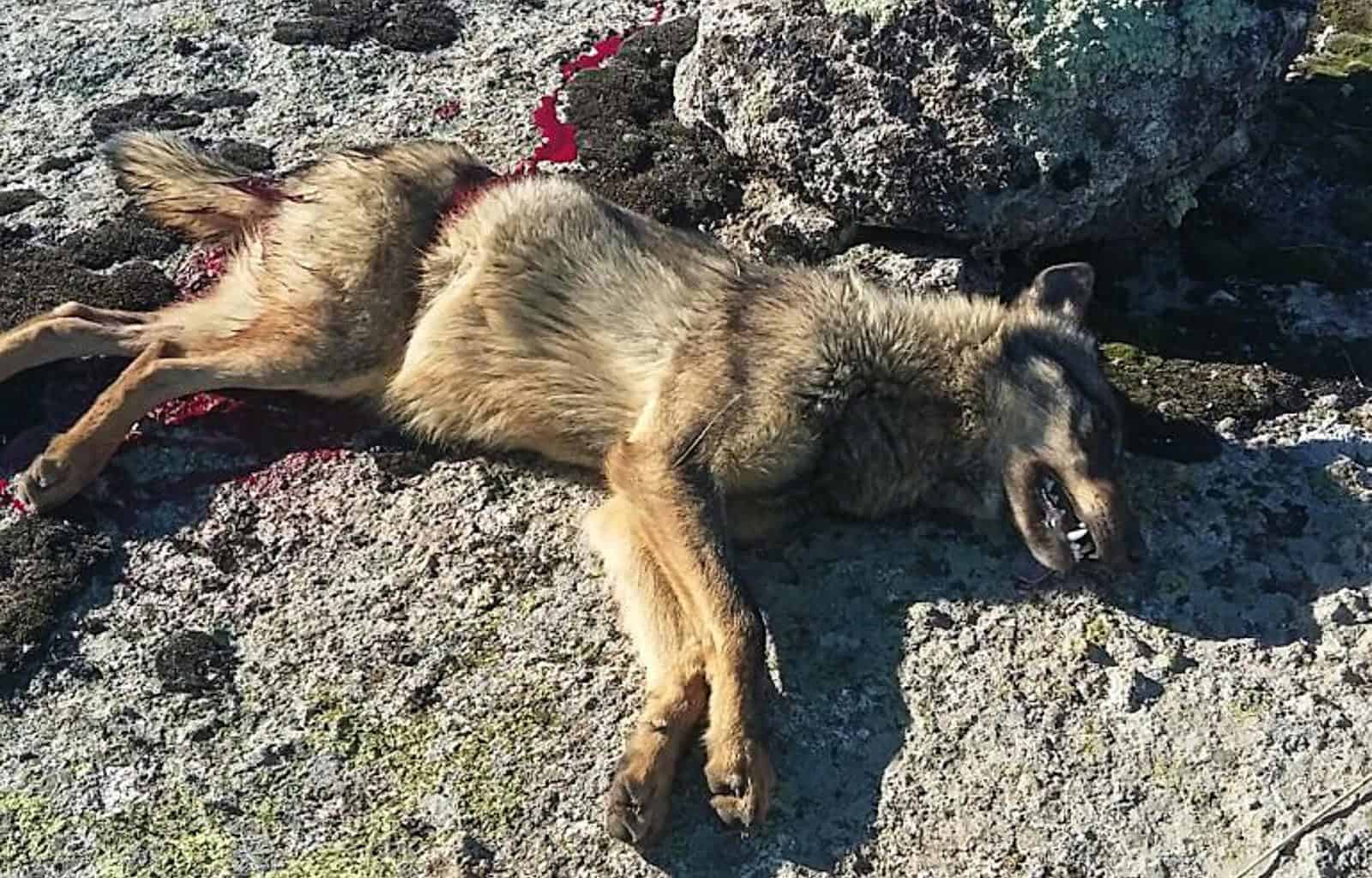Discussion about wolf heats up in Sweden
A recent news in The New York Times called the attention again on the issue of wolf culling in Sweden. Despite the wolf is classified as endangered in Sweden by the Swedish Species Information Centre, there seem to be a constant pressure from the agriculture and hunting sectors to dicrease the population of the species.
It is important to know that various studies shows that the present wolf population in Sweden, which was founded in the early 1980s, descends from 5 individuals. It is isolated and highly inbred, and on average individuals are more related than siblings. The Swedish Environmental Protection Agency authorized the hunting of wolves in 2012 in order to improve genetic diversity, which decision resulted in outcry among the Swedish environment NGO sector. Most conservationists clamied that the allowance of hunting was a U-turn in the protection of species and did not follow the original management plan.
Please also read: European Alliance for Wolf Conservation Annual Meeting
The issue reach the officials at EC DG Environment, because the European Union (EU) biodiversity legislation requires all member states to promote a concept called “favourable conservation status” (FCS) for a series of species including the wolf. Swedish national policy stipulates maintenance of viable populations with sufficient levels of genetic variation of all naturally occurring species. Hunting to reduce wolf numbers in Sweden is currently not in line with national and EU policy agreements and will make genetically based FCS criteria less achievable for this species.
As a result of the complaints in Brussels, the European Commission urged Sweden to respect environmental regulations and enforce the protection of the endangered wolf. The EC stated that “the Swedish wolf population is small, threatened by both geographic isolation and inbreeding.”
What is interesting in the recent New York Times article is the figures. The article quotes farmers and hunters from Värmland county, South-West Sweden, which borders Norway. Let’s see the figures from the article:
- the territory of Värmland county is roughly 18 000 km2 which is about 4% of Sweden,
- there are an estimated 415 wolves in Sweden. However the distribution of wolves is very likely not equal in Sweden, so let’s assume the presence of 10% of Swedish wolf population in Värmland (roughly 40 wolves) (a short note: Slovenia is roughly the same size as Värmland and has 70-100 wolves and their number is on the increase)
- according to the representatives of the hunting association wolves killed 4000 moose in Värmland in 2014. This is 100 moose/wolf annually! This means roughly 170 kg to eat daily
- beyond ‘damages’ caused in the moose population, wolves are claimed to kill domestic animals too. According to one of the quotes farmers, wolves killed 50 sheep in attacks on two nearby farms in 2014. 50 sheep only at one farm in 2014
Either something is really wrong with these data or Swedish wolves are huge!!!
Anyways wolf has the right to live and flourish in Europe! Per Dunberg, a spokesman for the Wolf Association Sweden, is right when he says: “wolf is a top predator and many other species depend on the wolf, such as birds, and foxes.” Knowing about the trophic cascade, the protection of wolf is important for biodiversity and for Wilderness. We must learn again how to co-exist with predators in Europe, which can lead to re-establish a well-connected, large, subdivided wolf population over Scandinavia, Finland, and the Russian Karelia-Kola region.

